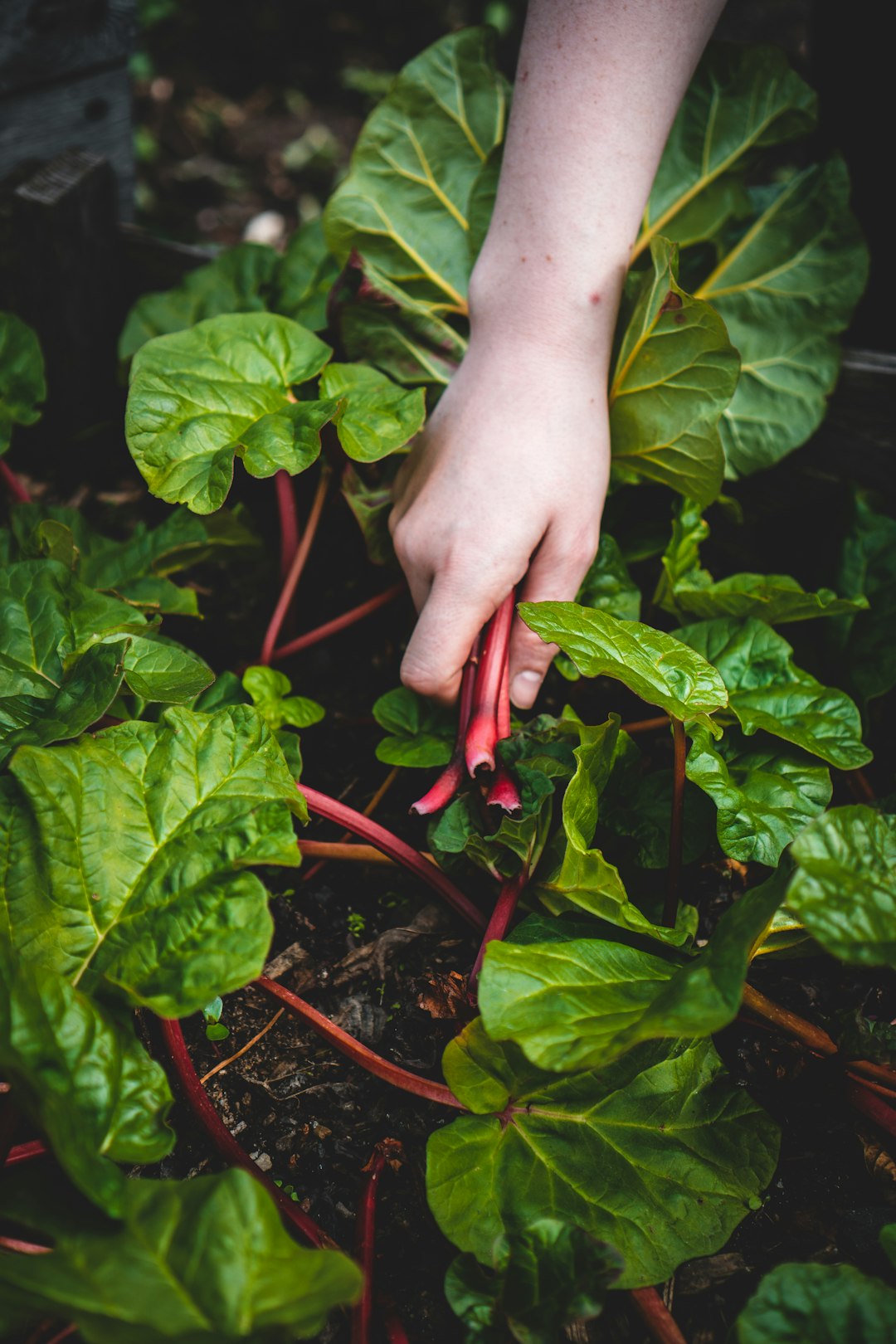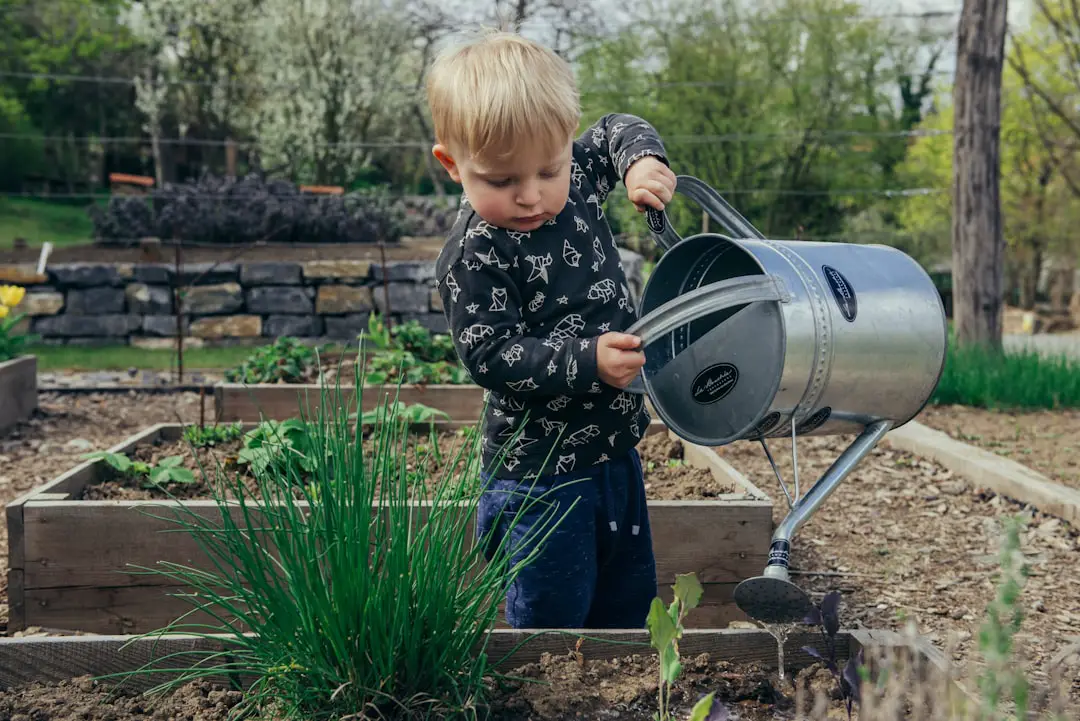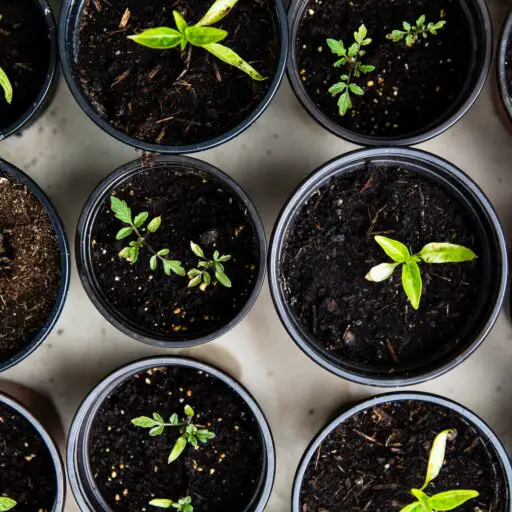Support our educational content for free when you purchase through links on our site. Learn more
Have you ever walked past a vibrant garden in your neighborhood and wondered what purpose it serves? Community gardens are more than just beautiful spaces filled with flowers, fruits, vegetables, and herbs. They play a vital role in bringing people together, promoting sustainable living, and fostering a sense of community. In this article, we’ll explore the various purposes that community gardens serve and where you can typically find them. So grab your gardening gloves and let’s dig in!
Quick Answer
Community gardens serve multiple purposes, including:
✅ Providing access to fresh and healthy food
✅ Beautifying neighborhoods and improving the environment
✅ Creating opportunities for social interaction and community building
✅ Promoting sustainable living and environmental stewardship
✅ Educating and empowering individuals about gardening and food production
Community gardens are usually located in urban areas where access to fresh produce may be limited, and opportunities to connect with nature are scarce. They can be found in various settings, such as public parks, vacant lots, schools, churches, and even on private land donated for gardening efforts.
Now that we’ve covered the quick answer, let’s dive deeper into the purpose of community gardens and explore their benefits in more detail.
Quick Tips and Facts
Before we delve into the details, here are some quick tips and facts about community gardens:
🌿 Community gardens are typically managed by a group of volunteers or an organization dedicated to promoting gardening and community engagement.
🌿 These gardens can range in size from small plots to large-scale operations, depending on the available space and the needs of the community.
🌿 Many community gardens follow organic gardening practices, prioritizing the use of natural fertilizers and pest control methods.
🌿 Some community gardens offer educational programs, workshops, and events to teach gardening skills and promote sustainable living.
🌿 Participating in a community garden can provide physical exercise, stress relief, and a sense of accomplishment.
Now that you have a better understanding of community gardens, let’s explore their background and history.
Background: The Evolution of Community Gardens 🌻

Community gardens have a rich history that dates back centuries. The concept of shared gardening spaces can be traced back to ancient civilizations, where communities worked together to cultivate crops for sustenance and survival. However, the modern community gardening movement gained momentum in the late 19th and early 20th centuries.
During World War I and World War II, community gardens played a crucial role in supporting the war effort by increasing food production and reducing the strain on the food supply chain. These gardens, known as “victory gardens,” were established in both urban and rural areas, allowing individuals to grow their own food and contribute to the war effort.
In the 1970s, community gardens experienced a resurgence as people sought to reconnect with nature, promote sustainable living, and address food insecurity in urban areas. The movement gained further momentum in the 1980s and 1990s as concerns about the environment and the quality of food grew.
Today, community gardens continue to thrive and evolve, serving as valuable resources for communities around the world. Let’s explore the specific purposes they serve in more detail.
1. Access to Fresh and Healthy Food 🍅
One of the primary purposes of community gardens is to provide access to fresh and healthy food, especially in areas where grocery stores may be scarce or where residents face limited financial resources. These gardens allow individuals and families to grow their own fruits, vegetables, and herbs, ensuring a steady supply of nutritious produce.
By cultivating their own food, community gardeners have control over the growing process, ensuring that no harmful chemicals or pesticides are used. This promotes healthier eating habits and reduces reliance on processed and packaged foods. Additionally, community gardens often encourage the sharing of surplus produce, fostering a sense of generosity and community support.
- Beautifying Neighborhoods and Improving the Environment 🌺
Community gardens have the power to transform vacant lots, abandoned spaces, and neglected areas into vibrant and beautiful landscapes. By cultivating flowers, plants, and trees, these gardens add color and life to neighborhoods, making them more visually appealing and inviting.
In addition to beautification, community gardens also contribute to environmental improvement. Plants help absorb carbon dioxide and release oxygen, improving air quality. They also provide habitats for birds, bees, butterflies, and other pollinators, supporting biodiversity and ecosystem health.
- Social Interaction and Community Building 🌿
Community gardens serve as gathering places where people from diverse backgrounds can come together, share knowledge, and build relationships. These spaces foster social interaction and create opportunities for community members to connect with one another.
Gardening in a community setting allows individuals to learn from experienced gardeners, exchange gardening tips, and collaborate on projects. It provides a platform for intergenerational connections, where older gardeners can pass down their knowledge to younger generations.
Community gardens often organize events, workshops, and celebrations, further strengthening the sense of community and belonging. These activities promote inclusivity, cultural exchange, and a shared sense of purpose.
- Sustainable Living and Environmental Stewardship ♻️
Community gardens promote sustainable living practices by encouraging organic gardening methods, composting, and water conservation. By prioritizing the use of natural fertilizers and pest control methods, these gardens minimize the impact on the environment and promote ecological balance.
In addition to sustainable gardening practices, community gardens often incorporate other sustainable initiatives, such as rainwater harvesting, renewable energy sources, and the use of recycled materials for garden structures. These initiatives serve as examples of environmental stewardship and inspire community members to adopt sustainable practices in their own lives.
- Education and Empowerment 📚
Community gardens provide valuable educational opportunities for individuals of all ages. They serve as outdoor classrooms where people can learn about gardening techniques, plant biology, and sustainable agriculture. These gardens often partner with schools, universities, and community organizations to offer educational programs and workshops.
By participating in a community garden, individuals gain practical skills, such as planting, watering, and harvesting. They also develop a deeper understanding of where their food comes from and the importance of sustainable food production.
Moreover, community gardens empower individuals by providing them with a sense of ownership and agency over their food sources. By growing their own food, community gardeners become more self-reliant and less dependent on external food systems.
Now that we’ve explored the various purposes of community gardens, let’s address some frequently asked questions.
FAQ

What is the purpose of community gardens?
The purpose of community gardens is multifaceted. They provide access to fresh and healthy food, beautify neighborhoods, promote social interaction and community building, encourage sustainable living, and offer educational opportunities. Community gardens serve as valuable resources for individuals and communities, fostering a sense of empowerment and connection to the environment.
Read more about “Community Gardening: Grow Together and Cultivate a Thriving Community! … 🌱”
What is the purpose of a food garden?
A food garden, also known as a vegetable garden or kitchen garden, is a type of garden specifically cultivated for growing edible plants. The purpose of a food garden is to provide individuals and families with a sustainable source of fresh produce. Food gardens can be established in various settings, including backyard spaces, community gardens, and even indoor environments.
Read more about “Is a Community Garden a Good Idea? … 🌱”
How do community gardens help the economy?
Community gardens contribute to the local economy in several ways. By promoting sustainable food production, they reduce the demand for imported produce, which in turn supports local farmers and food producers. Community gardens also create opportunities for entrepreneurship, as surplus produce can be sold at farmers’ markets or used in community-supported agriculture (CSA) programs. Additionally, community gardens can enhance property values and attract visitors, benefiting local businesses and tourism.
Read more about “15 Unbeatable Ways a Community Garden Fosters Unity …”
Why are community gardens important in NYC?
Community gardens play a vital role in New York City (NYC) due to the limited access to green spaces and fresh produce in urban areas. These gardens provide residents with opportunities to connect with nature, grow their own food, and engage in community-building activities. They contribute to the city’s resilience, sustainability, and social fabric, offering a sanctuary amidst the hustle and bustle of urban life.
Now that we’ve answered some frequently asked questions, let’s wrap up our discussion.
Conclusion

Community gardens serve a multitude of purposes, ranging from providing access to fresh and healthy food to promoting sustainable living and community building. These gardens create spaces where individuals can connect with nature, learn new skills, and foster a sense of belonging. By beautifying neighborhoods, improving the environment, and empowering individuals, community gardens contribute to the overall well-being of communities.
If you’re looking to get involved in a community garden, consider reaching out to local organizations, schools, or neighborhood associations to find out about existing gardens in your area. You can also start your own community garden by rallying support from your neighbors and securing a suitable space.
Community gardens are not just about gardening; they are about growing together as a community and cultivating a sense of shared responsibility for the environment and each other. So, whether you have a green thumb or are just starting your gardening journey, community gardens offer a space for everyone to thrive.
Recommended Links
- Benefits of Community Gardens
- Community Garden Events
- Community Garden Policies
- Therapeutic Benefits of Gardening
- Garden Design Ideas
If you’re interested in starting your own community garden or learning more about gardening and sustainable living, these links will provide you with valuable resources and inspiration.
Reference Links
- Benefits of Community Gardening
- Community Gardens: Growing Communities, Growing Food
- The History of Community Gardens in the United States
- The Role of Community Gardens in Sustaining Healthy Communities
These reference links provide additional information and insights into the history, benefits, and importance of community gardens.
Remember, community gardens are not just about plants; they are about people coming together, nurturing the environment, and reaping the rewards of their collective efforts. So, whether you’re looking to grow your own food, connect with your neighbors, or make a positive impact on your community, community gardens are waiting to welcome you with open arms. Happy gardening! 🌿🌻🌱


